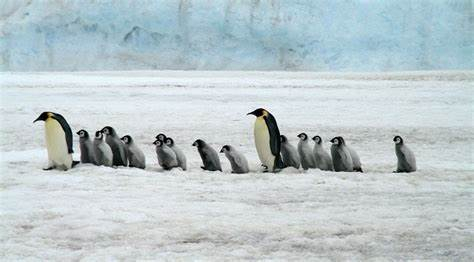Scientists have confirmed the presence of a dangerous bird flu virus, known as Highly Pathogenic Avian Influenza (HPAIV), in mainland Antarctica. This discovery has raised concerns about possible harm to the local environment. The virus, which causes severe illness in birds, was found in samples taken from deceased skuas by a team of researchers from the Severo Ochoa Molecular Biology Center of the Higher Council for Scientific Research (CSIC).

"This discovery demonstrates for the first time that the Highly Pathogenic Avian Influenza virus has reached Antarctica despite the distance and natural barriers that separate it from other continents," Spain's Higher Council for Scientific Investigation (CSIC) said on Sunday.
Led by Antonio Alcami, the team discovered the virus in two samples of skuas collected from the Spanish Antarctic Base "Gabriel de Castilla" on Deception Island. Alcami emphasized that strict measures were taken to prevent the spread of the virus to humans during sample collection, and the samples were made safe for analysis.
Further examination by CSIC researchers Angela Vázquez and Antonio Alcami revealed that the birds were infected with the H5 subtype of avian influenza, with at least one bird carrying the highly pathogenic strain.
Hundreds of thousands of penguins gather in tightly packed colonies on the Antarctic continent and nearby islands, which could enable the deadly virus to easily spread. The Ministry of Science, Technology, and Innovation of Colombia highlighted the importance of this discovery in aiding national polar programs to prevent the transmission of the virus to humans.
This finding comes after a strain of bird flu was recently identified in gentoo penguins near mainland Antarctica. It is the first time the Highly Pathogenic Avian Influenza virus has been detected in Antarctica, despite the geographical barriers separating the continent from others. The discovery suggests a possible link between the presence of the virus and the observed bird deaths during the Antarctic summer.









